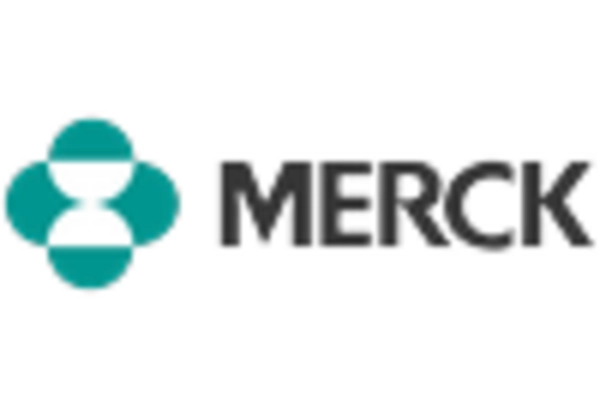Contraceptive Drugs Devices Market Summary
As per MRFR analysis, the Contraceptive Drugs and Devices Market was estimated at 47.17 USD Billion in 2024. The contraceptive industry is projected to grow from 49.2 USD Billion in 2025 to 75.03 USD Billion by 2035, exhibiting a compound annual growth rate (CAGR) of 4.31 during the forecast period 2025 - 2035.
Key Market Trends & Highlights
The Contraceptive Drugs and Devices Market is experiencing a dynamic evolution driven by technological advancements and changing consumer preferences.
- Technological advancements are reshaping contraceptive options, enhancing efficacy and user experience.
- The personalization of contraceptive methods is gaining traction, catering to diverse consumer needs and preferences.
- Sustainability initiatives are becoming increasingly relevant, influencing product development and consumer choices.
- The rising incidence of unintended pregnancies and increasing awareness of family planning are key drivers propelling market growth in North America and Asia-Pacific.
Market Size & Forecast
| 2024 Market Size | 47.17 (USD Billion) |
| 2035 Market Size | 75.03 (USD Billion) |
| CAGR (2025 - 2035) | 4.31% |
Major Players
Bayer AG (DE), Pfizer Inc (US), Merck & Co., Inc. (US), Teva Pharmaceutical Industries Ltd. (IL), HRA Pharma (FR), Mylan N.V. (US), Johnson & Johnson (US), Bristol-Myers Squibb Company (US)


















Leave a Comment